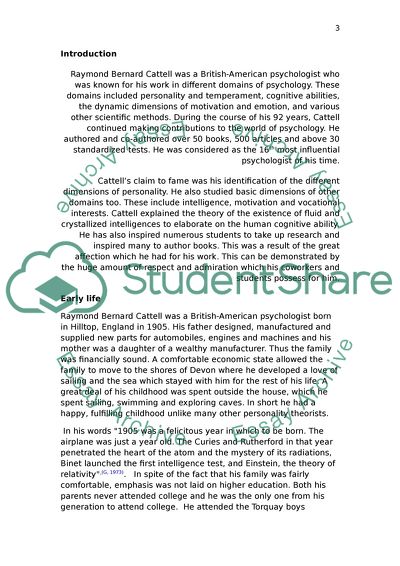Cite this document
(Raymond B Cattell: Life and Works Term Paper Example | Topics and Well Written Essays - 2500 words, n.d.)
Raymond B Cattell: Life and Works Term Paper Example | Topics and Well Written Essays - 2500 words. Retrieved from https://studentshare.org/people/1743155-raymond-cattell
Raymond B Cattell: Life and Works Term Paper Example | Topics and Well Written Essays - 2500 words. Retrieved from https://studentshare.org/people/1743155-raymond-cattell
(Raymond B Cattell: Life and Works Term Paper Example | Topics and Well Written Essays - 2500 Words)
Raymond B Cattell: Life and Works Term Paper Example | Topics and Well Written Essays - 2500 Words. https://studentshare.org/people/1743155-raymond-cattell.
Raymond B Cattell: Life and Works Term Paper Example | Topics and Well Written Essays - 2500 Words. https://studentshare.org/people/1743155-raymond-cattell.
“Raymond B Cattell: Life and Works Term Paper Example | Topics and Well Written Essays - 2500 Words”, n.d. https://studentshare.org/people/1743155-raymond-cattell.


